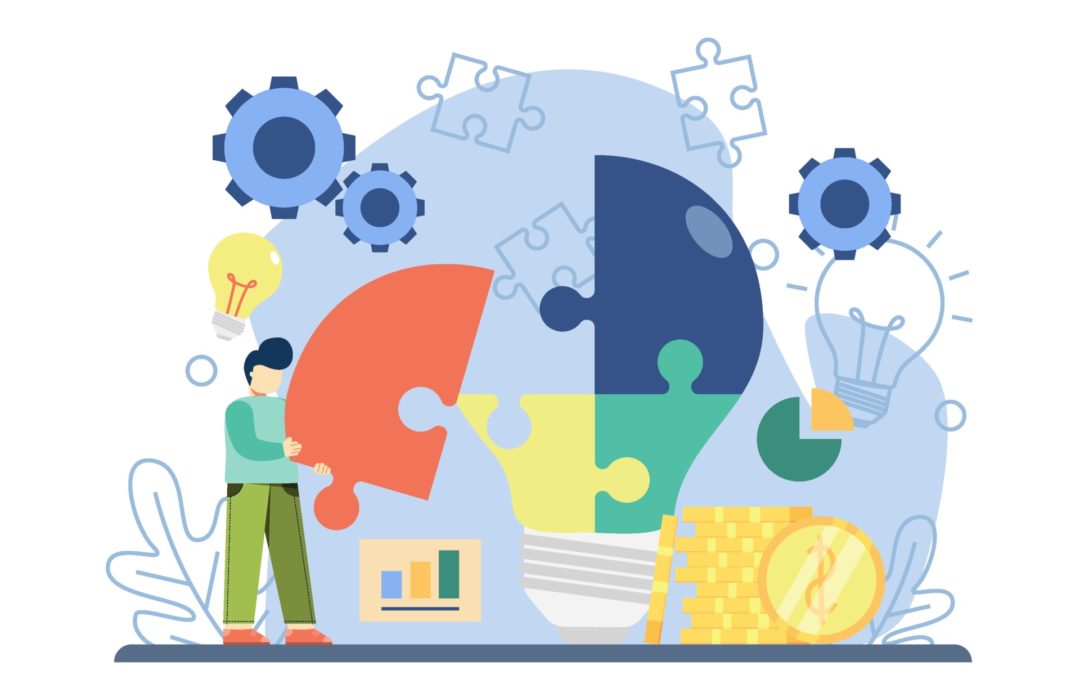Creativity has long been celebrated as a cornerstone of human ingenuity and innovation. Interestingly, there’s a growing body of research that suggests a unique relationship between Attention Deficit Hyperactivity Disorder (ADHD) and creativity. Together we’ll delve into the intriguing connection between ADHD and creativity, exploring how certain traits of the disorder might contribute to enhanced creative thinking and problem-solving abilities.
The Spectrum of ADHD Traits:
ADHD is characterized by symptoms such as impulsivity, hyperactivity, and difficulty sustaining attention. These traits can pose challenges in various aspects of life, including education, work, and relationships. However, it’s essential to recognize that ADHD is not a one-size-fits-all condition. In fact, there are three main subtypes of ADHD:
- Predominantly Inattentive: Individuals with this subtype struggle with maintaining focus and organization. They might appear dreamy, forgetful, and disorganized, often missing details in tasks.
- Predominantly Hyperactive-Impulsive: This subtype is marked by restlessness, impulsivity, and difficulty waiting their turn. Individuals might struggle with sitting still, interrupt conversations, and engage in risk-taking behaviors.
- Combined Presentation: This is a mix of both inattentive and hyperactive-impulsive traits, encompassing a broader range of symptoms.
While these traits can undoubtedly present challenges, they can also offer unique advantages, particularly in the realm of creativity.
The Creative Mind and ADHD Traits:
- Divergent Thinking: Divergent thinking is a hallmark of creativity, involving the ability to generate multiple solutions to a problem. ADHD individuals, especially those with hyperactivity, often have minds that are constantly racing with ideas. This tendency to jump from thought to thought can result in a wide array of creative possibilities, even if they might not always follow a linear path.
- Out-of-the-Box Problem Solving: Individuals with ADHD may struggle with conventional routines and thought patterns, pushing them to approach problems from unconventional angles. This can lead to innovative solutions that others might overlook due to their tendency to think outside the box.
- Hyperfocus: While ADHD is often associated with attention difficulties, it’s worth noting the phenomenon of hyperfocus—a state in which individuals with ADHD become completely absorbed in a task that deeply interests them. This intense focus can lead to remarkable breakthroughs in creative endeavors, as they pour their energy into their passions.
- Risk-Taking: ADHD individuals often have a higher tolerance for risk due to their impulsive nature. This willingness to take risks can lead to creative experiments and ventures that others might hesitate to explore.
- Vivid Imagination: The tendency to daydream and have a vivid imagination is a common trait among those with ADHD. This imaginative flair can fuel artistic pursuits and the creation of unique and captivating narratives.
Harnessing ADHD Traits for Creative Endeavors:
- Structured Creativity: While spontaneity is a strength, introducing a level of structure to the creative process can help channel the energy and ideas of individuals with ADHD. Setting goals, timelines, and project milestones can ensure that creativity doesn’t become chaotic.
- Mindful Exploration: Encouraging mindfulness techniques can help individuals with ADHD balance their creative energy. Practices like meditation and deep breathing can provide moments of calm reflection amidst the whirlwind of ideas.
- Collaboration: Collaborative projects can provide a platform for ADHD individuals to bounce their ideas off others, refining their concepts and harnessing the strengths of their team members.
- Utilizing Hyperfocus: Identifying and nurturing areas of hyperfocus can lead to the development of true expertise. By honing their skills and passions, individuals with ADHD can excel in creative domains that resonate with them.
- Self-Compassion: The creative process can be tumultuous, and ADHD individuals may face setbacks. Practicing self-compassion and embracing failures as learning opportunities can help them navigate the ups and downs of creative pursuits.
Cautions and Considerations:
While there’s a fascinating correlation between ADHD traits and creativity, it’s crucial not to romanticize the disorder. ADHD can also bring challenges that hinder creative expression. Difficulties with organization, time management, and impulsivity might lead to unfinished projects or frustration.
Additionally, not all individuals with ADHD will exhibit enhanced creativity. The relationship between ADHD and creativity is complex and can vary widely among individuals. Creativity can also be influenced by factors beyond ADHD traits, such as personal interests, education, and environment.
Final Thoughts
The connection between ADHD and creativity offers a fascinating glimpse into the intricate workings of the human mind. While the traits associated with ADHD can pose challenges in various contexts, they also possess the potential to fuel extraordinary creative endeavors. By understanding and harnessing these traits, individuals with ADHD can embrace their unique strengths and contribute to the rich tapestry of human innovation and expression. As research continues to unravel the intricacies of this relationship, it’s clear that ADHD is not merely a hindrance—it is a distinctive lens through which the world can be seen in a refreshingly innovative light.

